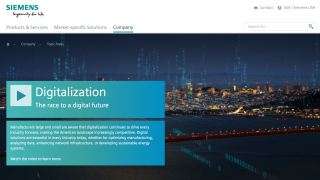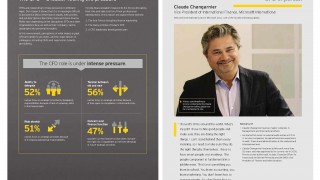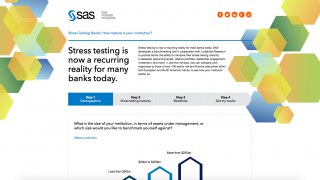Choosing the right type of research for your thought leadership
According to a CMO Council study, research is marketers’ most influential type of content.
We believe that robust research and evidence-based insights are the bedrock of high-quality thought leadership. We also believe that in order for content to be classed as genuine thought leadership it has to be credible, and underpinned by data and cold hard facts.
But with myriad research options to choose from, marketers have to seek out a partner with research and editorial expertise. That partner will be able to advise them on the research method – or methods – that will ensure the findings align with their marketing objectives. And they’ll manage the process to ensure that the outcomes are of the highest quality.
Here, we explain seven of the best research methods to use in thought leadership – and what they’re good for.
Quantitative research
-
- Probably the most common form of research, quantitative research relies on large sample sizes to present facts and uncover headline trends. The data is usually gathered through online surveys or phone surveys that apply a rigid structure for consistency across the data.
We use quantitative research as a way to measure attitudes, opinions and behaviours and uncover meaningful statistics. It provides robust insights that help us to identify strong editorial angles for thought leadership campaigns. We also apply quantitative research to meet our clients’ needs for benchmarking and indexing studies (see numbers four and five, below).
See how our survey of more than 200 senior executives and directors helped Siemens share insights on the progress and evolution of digitalisation in the US manufacturing industry: Digitalization – The Race to a Digital Future

Qualitative research
-
- In contrast, qualitative research uses smaller sample sizes and the interviews are based on semi-structured questionnaires.
When it’s applied to thought leadership, qualitative research can help to harvest anecdotal information that enriches quantitative findings and brings the numbers to life. These phone and face-to-face interviews, as well as focus groups, help us to gain deeper insights on specific topics.
We often recommend small samples of qualitative research to help support quantitative findings, as it’s a great way to add credibility to an investigation and produce those all-important quotes. It can also help marketers to develop ideas and validate hypotheses.
Read how in-depth interviews with 21 CFOs from leading global organisations supported EY’s survey of over 750 finance leaders to discover how the role of the CFO is changing: The DNA of a CFO


Desk research
-
- Desk research is used to gather and analyse information that already available, either in print or online. Desk research can add depth and rigour to findings by providing a real-world context to support primary research studies.
We often use desk research for our early explorations of topics to help gather up evidence, data points and other relevant information that helps to shape the overall programme.
Benchmarks
-
- Benchmarking is a way to come up with a standard or point of reference against which organizations, countries, cities, etc can be compared. Benchmarks are often used for peer-to-peer comparisons.
In our experience, audiences love to know how they measure up against their peers. Enabling them to interact with research data in an engaging way adds an extra dimension to thought leadership campaigns – and helps get extra mileage from a survey and research investment.
Explore how we developed a benchmarking tool in partnership with SAS to give banks the ability to compare their stress-testing maturity: Stress Testing Banks

Indexes and rankings
-
- Indexes and rankings are a way to condense a substantial amount of data into a comparable, like-for-like format, with easy-to-digest findings. An extension of benchmarking, indexes and rankings aim to level the playing field and show how groups – often people or industry sectors – weigh up against each other.
This form of data presentation can create powerful research insights that are great for securing headlines and media coverage.
Pulse surveys
-
- In-depth surveys are very effective when you’re looking for deep insight on a topic, but there are times when you need a faster and simpler way to gauge opinion. pulse surveys are based on simple questionnaires, often no more than six or eight questions, and are usually fielded with key decision-makers and opinion-formers. They are a quick and cost-effective way for marketers to take the pulse on fast-moving events or issues that help position their businesses at the cutting edge.
We use polls to test which topics resonate most with C-suite audiences, in order to give marketing directors insights that help them plan their campaigns.
Cluster analysis
-
- Cluster analysis is a form of advanced analysis of quantitative research data that is designed to reveal natural groupings within a survey sample. It is particularly useful in surveys of behaviours and attitudes, where it can reveal groupings of like-minded respondents. Linking clusters of specific behaviours and attitudes with descriptive data is extremely useful for segmenting markets.
Insights into the differences between segments enable marketers to take a targeted approach to thought leadership. As an added benefit, role-based insights that align to your audience can also reveal interesting angles for PR purposes.
Sign up to the newsletter
We help organisations stand out, speak with authority and spark inspiration, so change can happen. That’s real intelligence with influence. Sign up to our newsletter to get regular updates.
Subscribe






 Back
Back

 Book a meeting
Book a meeting
 Book a meeting
Book a meeting

